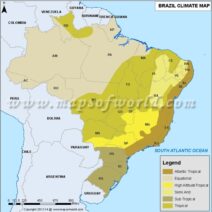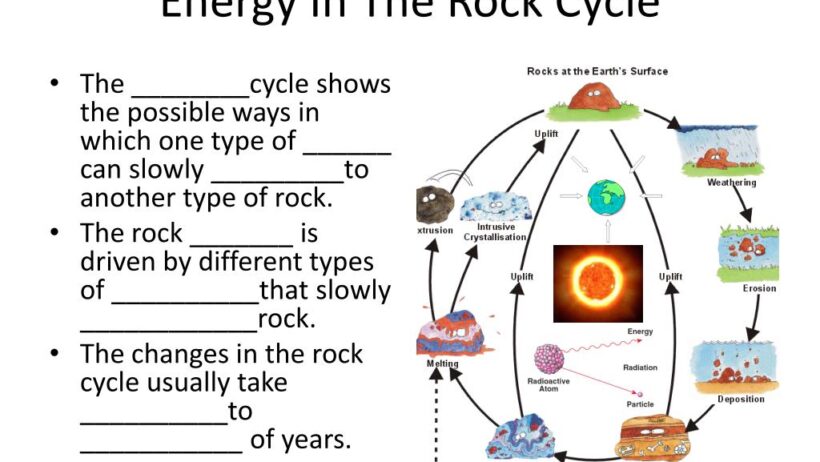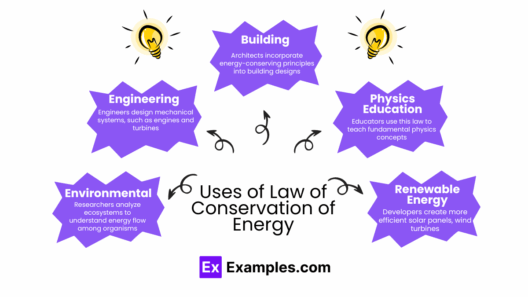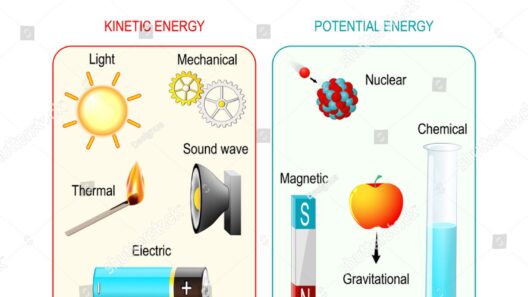The rock cycle is a fundamental geological process that encapsulates the dynamic interplay between the various forms of rocks and the energy that governs their transitions. Understanding the rock cycle is essential, not only for geology and environmental science but also for appreciating how the principles of conservation of matter and energy manifest within our planet’s systems. The intricate dance between igneous, sedimentary, and metamorphic rocks vividly illustrates these principles, showcasing how materials are neither created nor destroyed but rather transformed through various processes.
To begin, it is crucial to explore the three primary rock types and their formation processes: igneous, sedimentary, and metamorphic rocks. Igneous rocks form from the cooling and solidification of molten rock or magma. This can occur either below the earth’s surface, resulting in intrusive igneous rocks, or above ground through volcanic eruptions, leading to extrusive igneous rocks. Examples include granite and basalt, which demonstrate how energy from the Earth’s interior contributes to the emergence of new rock material. The energy flux inherent in volcanic activity, thermal gradients, and tectonic movements is paramount in this phase of the rock cycle.
Transitioning to sedimentary rocks, these structures are formed through the compaction and cementation of sediments derived from the erosion and weathering of pre-existing rocks. This process emphasizes the principles of conservation of matter, as elements are continually rearranged and restructured. Sediments can include fragments of other rocks, chemicals precipitated from water, or organic material from once-living organisms. An understanding of sedimentary rocks, such as sandstone or limestone, underscores the intricate balance within the rock cycle, where materials persist but are systematically altered. Energy in this phase primarily originates from surface processes such as wind and water erosion, which transport materials and contribute to deposition.
Metamorphic rocks finally illustrate the transformational power of heat and pressure. These rocks are formed when pre-existing rocks undergo significant physical and chemical changes due to intense heat, pressure, or chemically active fluids. The process of metamorphism is instrumental in illustrating the conservation of energy, as the required energy is often sourced from the geothermal gradients of the Earth’s crust. Notable examples include schist or marble, which highlight how existing materials are metamorphosed into entirely new forms, revealing both resilience and adaptability. The cyclic nature of the rock cycle reinforces that, despite the transformation, the total mass remains constant, adhering to the conservation of matter.
As the rock cycle unfolds, energy plays a pivotal role by either facilitating or inhibiting changes. Various forms of energy – thermal, kinetic, and potential – become central players in this geoscience narrative. Thermal energy from the Earth’s interior prompts the melting of rocks, while kinetic energy from weathering processes drives erosion. Moreover, gravitational potential energy assists in transporting rocks down slopes. When viewed through this lens, the rock cycle emerges not merely as a sequential process but as an elaborate interplay of energy transformations associated with changing states of matter.
The rock cycle further emphasizes the role of human interaction within geological processes. Human activities, such as mining, construction, and fossil fuel extraction, significantly impact the natural rock cycle. These actions can lead to accelerated erosion, increased sedimentation in waterways, and alterations in the natural formation of new rock structures. This connection underscores the importance of sustainable practices to mitigate negative influences on the rock cycle and to promote environmental conservation.
In addition to hard geology, the influence of climate change cannot be overlooked. As temperatures rise due to anthropogenic activities, various components of the rock cycle may respond. For instance, increased temperatures can enhance rates of weathering and erosion, thereby accelerating sediment transport and altering deposition patterns. Melting glaciers may release sediments trapped in their icy embrace, which could radically transform local ecosystems. Such changes demonstrate that the rock cycle is not merely an isolated geologic framework but is intricately linked to broader environmental systems and concerns.
Further, the rock cycle can be connected to the water cycle, as both elements rely heavily on energy and do not operate in isolation. Rainfall contributes to weathering and erosion. In essence, the movement of water acts as a powerful agent in transforming rocks from one type to another, creating heavy interdependencies within geologic and climatic cycles. This illustrates the interconnectedness of Earth’s systems, where energy flows continuously circulate through various cycles, emphasizing the conservation of energy in action.
Understanding the rock cycle provides insights into resource management, geology, and environmental science, urging a holistic perspective toward conservation efforts. It is a vivid reminder of how our natural world operates under fundamental laws, where every action has a reaction, where energy is conserved, and matter is perpetually reconfigured. In conclusion, the rock cycle exemplifies not only geological processes but also a universal narrative of transformation and conservation that resonates deeply within the context of climate change, urging responsible stewardship of the planet’s resources. As we continue to learn about these complex systems, it becomes increasingly clear that sustainable engagement with Earth’s materials is paramount to preserving the delicate balance of our environment.








